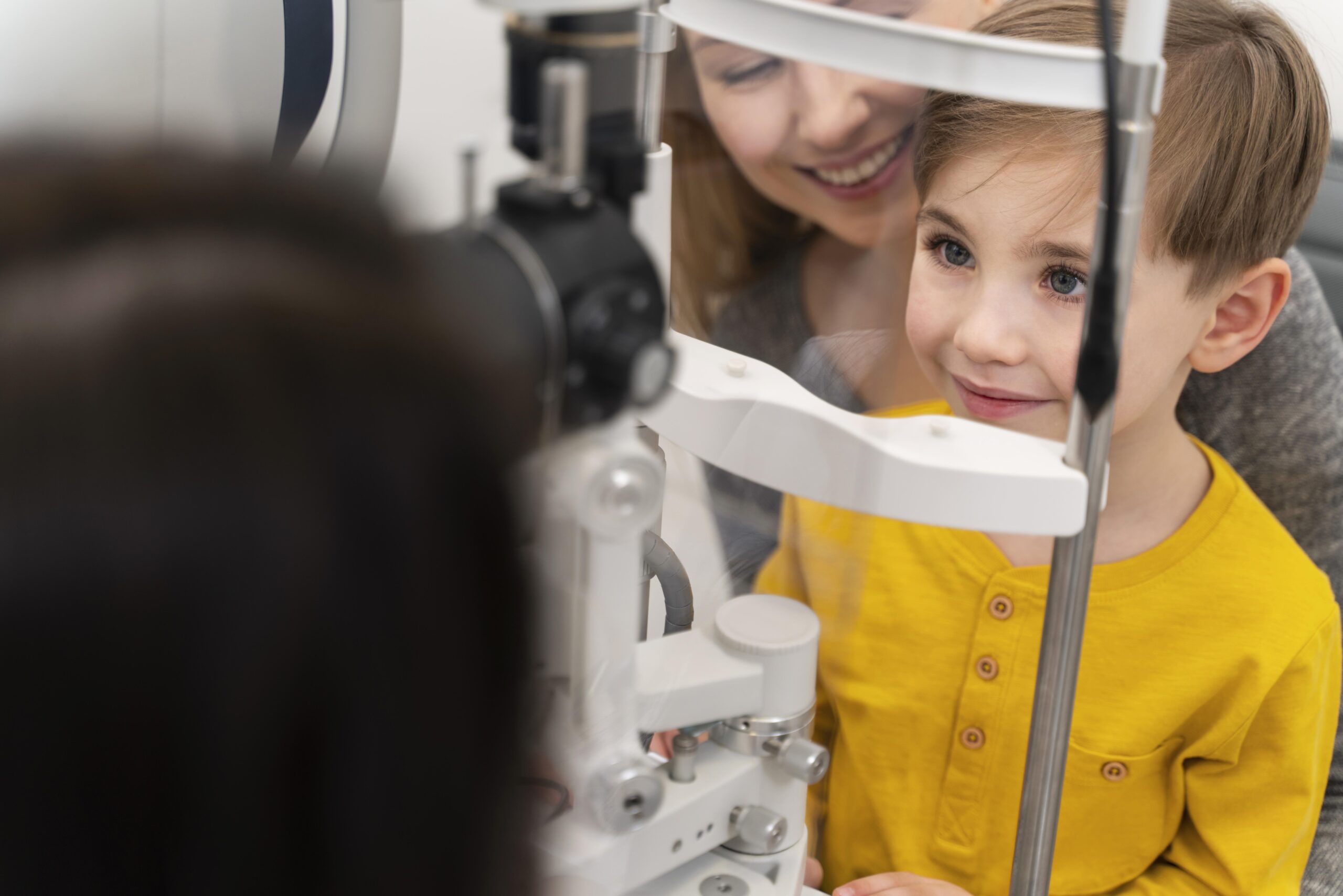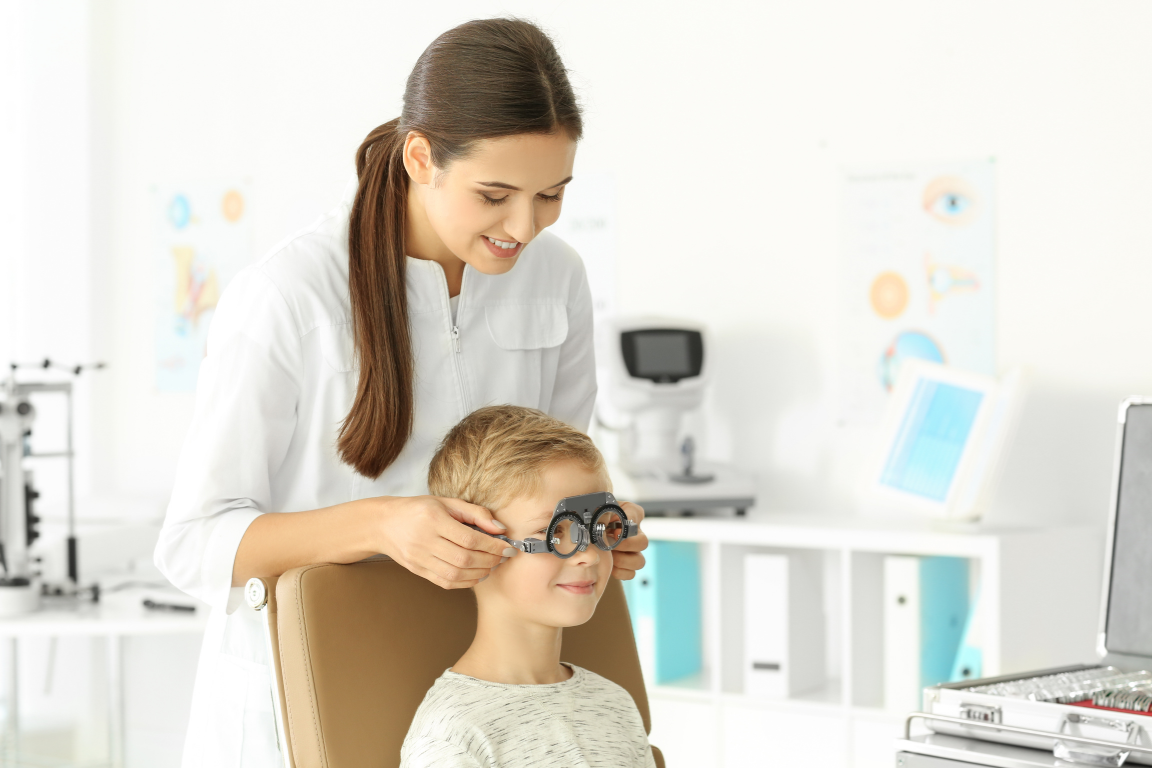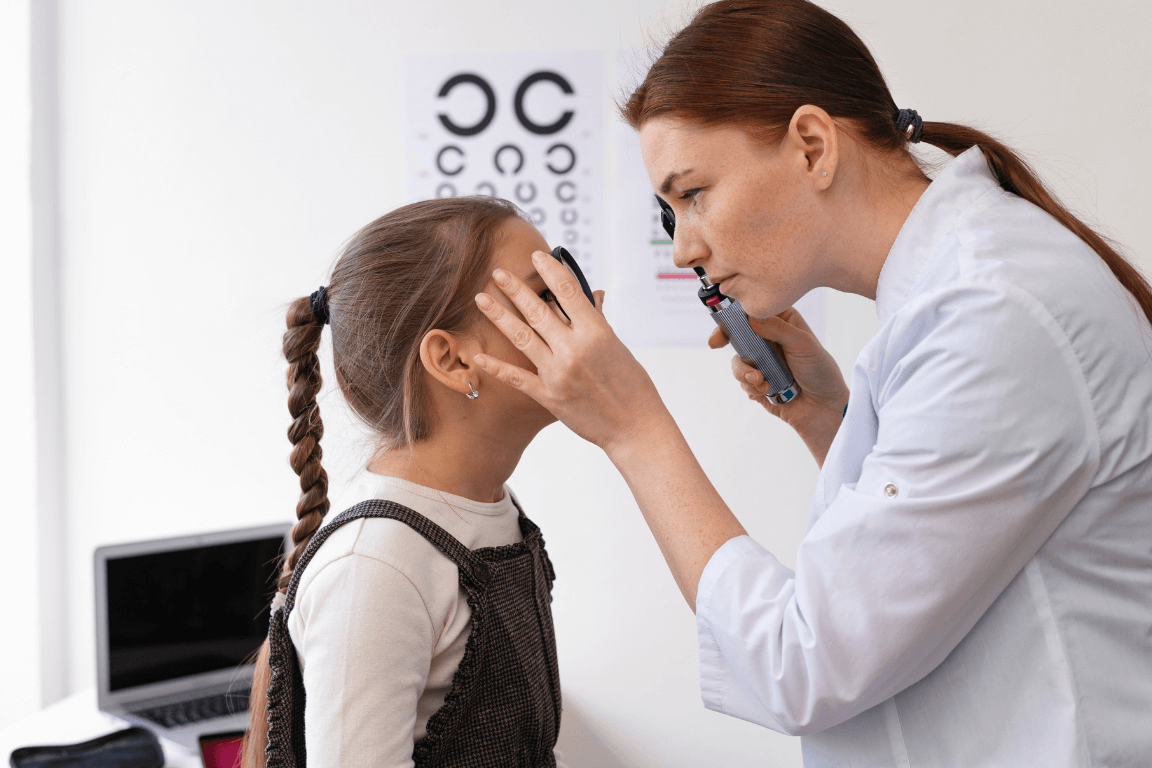The use of digital devices has become an integral part of almost every household in the industrialised world. From smartphones to tablets to computers, it’s almost impossible to partake in today’s society without a screen. Though many parents and caregivers understand that excessive screen time is “bad”, they may have a harder time articulating to themselves and their device-addicted children why exactly this is the case.
Digital Device Use in Children
Even without examining the literature, it would come as no surprise that the use of digital devices skyrocketed during the COVID-19 pandemic, both for parents and their children. The use of screens enabled children to remain engaged with their schooling as well as stay socio-emotionally connected to family and friends. Though these are considered positive uses of digital devices, the increase in screen usage in children and adolescents has also been associated with well-being, including:1
- Decreased levels of physical activity
- Less time spent outdoors
- Increase in sedentary behaviours, including leisure time on screens
- Difficulties in concentration
- Sleep disturbances
- Anxiety
- Depression
- Attention-deficient hyperactivity disorder
However, even before the pandemic and subsequent lockdowns around the globe, one survey already found that parents of children under 12 were concerned their children were spending too much time in front of screens. The same survey revealed that 84% of parents had some idea of what would be considered an appropriate amount of screen time though they were reliant on the advice from other sources such as teachers, medical professionals, or other parents.2
This highlights optometry’s role as a primary eyecare provider in educating our paediatric patients and their parents about the impact of digital device use on ocular and visual health.
Helping the Parent Understand the Dangers of Digital Eyestrain
Given that most parents already accept that their children are spending too much time on digital devices,2 it should not take too much convincing about the importance of implementing strategies to reduce excessive screen time.
Here are some factors to consider when discussing the problem of digital eyestrain in children.
- Define digital eyestrain.
The term is reasonably self-explanatory, but a layperson may not understand all that it encompasses. Digital eyestrain may be defined as a condition where the visual demands of the task exceed the abilities of the patient to perform it comfortably.3
Digital eyestrain may also be known as computer vision syndrome, a collection of eye and vision problems arising from prolonged screen use.4
- Explain the symptoms and complications that may arise from digital eyestrain.
Many patients associate “eyestrain” with ocular or visual discomfort and fatigue, which is not untrue. However, they may be unaware that other symptoms they experience while using a digital device are also part of the syndrome.
The symptoms of digital eyestrain can encompass:4, 5
- Headaches
- Blurred vision
- Dry eyes
- Red eyes
- Sore or itchy eyes
- Foreign body sensation
- Tearing
- Photophobia
When it comes to dry eye disease in the paediatric age group, there is relatively little research. However, the existing literature indicates that it may not be uncommon, and there is also evidence that smartphone usage is more strongly linked to dry eye disease than other devices.5
- Explain that children can be more susceptible to digital eyestrain compared to adults.
Many (but not all) adults know when it is time to take a break from their screens. Children, on the other hand, are more likely to miss these cues3 and continue to persevere with screen use despite their symptoms. In addition, children are less likely to take action if they are experiencing ocular or visual discomfort, such as taking a break or using artificial tears for dry eye symptoms.3
- Discuss myopia risk factors and the link with excessive digital device usage.
With myopia management being such a hot topic and the increasing understanding of the implications of this condition, it would be remiss to omit a mention of the risk of myopia development and progression with digital device usage.
Firstly, the parent needs to understand why myopia is a problem. You may wish to mention the association with potentially sight-threatening eye disease, including myopic macular degeneration, retinal detachment, cataract, and glaucoma.6 A helpful resource for parents to read at their leisure can be found at My Kids Vision.
Once the parent understands why myopia is more than just inconvenient blurry vision, you can then discuss that excessive screen time has been identified as a risk factor for myopia development and progression. However, it should be noted that the reviews on the link between myopia and digital device usage specifically is mixed. It is well-established that extended near work is associated with myopia, but the causal link with myopia and digital screen use still needs more data. The existing literature indicates smartphone and tablet usage is associated with myopia, with this relationship becoming more apparent when compared with computer (laptop or desktop) use.7, 8
- Work with the parent to establish easy-to-follow rules around healthy screen use.
Some parents might find it helpful for prescriptive instructions around screen use for their children, while others may despair that the advice given is simply not practical in their household. Nonetheless, presenting the best-practice scenario can be a good starting point for figuring out something that works for both parent and child.
The current recommendations from the Australian Government of Health and Aged Care are:9, 10
- No screen time for children under 2 years old.
- No longer than 1 hour per day for children between 2 and 5 years old.
- No longer than 2 hours of leisure screen time for children between 5 and 17 years old, not including schoolwork.
Other helpful guidelines include:
- The 20-20-20 rule: take a break from viewing the screen every 20 minutes, allowing the eyes to relax in focus at distance for at least 20 seconds at a time.
- The elbow rule: hold screens at least a full forearm length away when viewing.
- Aim for at least 2 hours a day outdoors.
Summary
The use of digital devices in today’s age is all but unavoidable. By being proactive about discussing healthy screen usage with the parents and caregivers of our paediatric patients, optometrists can help ameliorate the complications of digital eyestrain and excessive screen use.
References
- Apurvakumar P, Pragya L. Social Connectedness, Excessive Screen Time During COVID-19 and Mental Health: A Review of Current Evidence. Frontiers in Human Dynamics. 2021;3.
- Pew Research Centre. Parenting Children in the Age of Screens. https://www.pewresearch.org/. 2020. Available at: https://www.pewresearch.org/internet/2020/07/28/parenting-children-in-the-age-of-screens/. (Accessed May 2023).
- Kozeis N. Impact of computer use on children’s vision. Hippokratia. 2009;13(4):230-1.
- American Optometric Association. Computer vision syndrome. https://www.aoa.org/. Available at: https://www.aoa.org/healthy-eyes/eye-and-vision-conditions/computer-vision-syndrome?sso=y#:~:text=Computer%20vision%20syndrome%2C%20also%20referred,digital%20screens%20for%20extended%20periods. (Accessed May 2023).
- Myopia Profile. Digital Eye Strain in Kids. https://www.myopiaprofile.com/. 2023. Available at: https://www.myopiaprofile.com/digital-eye-strain-in-kids/?utm_source=Myopia+Profile+Digest&utm_campaign=2d9701eb94-Newsletter_66_digital_eye_strain_kids_Alcon&utm_medium=email&utm_term=0_1f22380c0a-2d9701eb94-366385349&mc_cid=2d9701eb94&mc_eid=f22645933e. (Accessed May 2023).
- Haarman AEG, Enthoven CA, Tideman JWL, Tedja MS, Verhoeven VJM, Klaver CCW. The Complications of Myopia: A Review and Meta-Analysis. Invest Ophthalmol Vis Sci. 2020;61(4):49.
- Foreman J, Salim AT, Praveen A, Fonseka D, Ting DSW, Guang He M, Bourne RRA, Crowston J, Wong TY, Dirani M. Association between digital smart device use and myopia: a systematic review and meta-analysis. Lancet Digit Health. 2021;3(12):e806-e818.
- Myopia Profile. Post-COVID-19 and Myopia: What’s Next for Children’s Vision? https://www.myopiaprofile.com/. 2022. Available at: https://www.myopiaprofile.com/post-covid-19-and-myopia-childrens-vision/. (Accessed May 2023).
- Australian Government Department of Health and Aged Care. Physical activity and exercise guidelines for infants, toddlers and preschoolers (birth to 5 years). https://www.health.gov.au/. 2021. Available at: https://www.health.gov.au/topics/physical-activity-and-exercise/physical-activity-and-exercise-guidelines-for-all-australians/for-infants-toddlers-and-preschoolers-birth-to-5-years. (Accessed May 2023).
- Australian Government Department of Health and Aged Care. Physical activity and exercise guidelines for children and young people (5 to 17 years). https://www.health.gov.au/. 2021. Available at: https://www.health.gov.au/topics/physical-activity-and-exercise/physical-activity-and-exercise-guidelines-for-all-australians/for-children-and-young-people-5-to-17-years. (Accessed May 2023).





